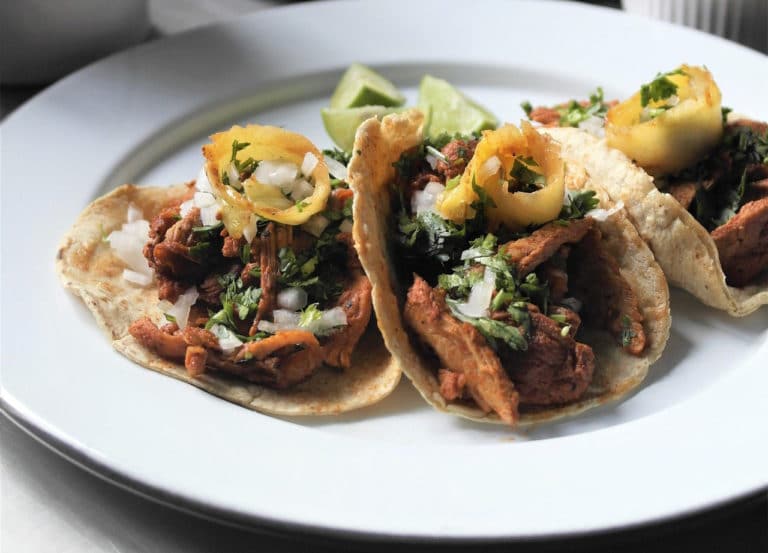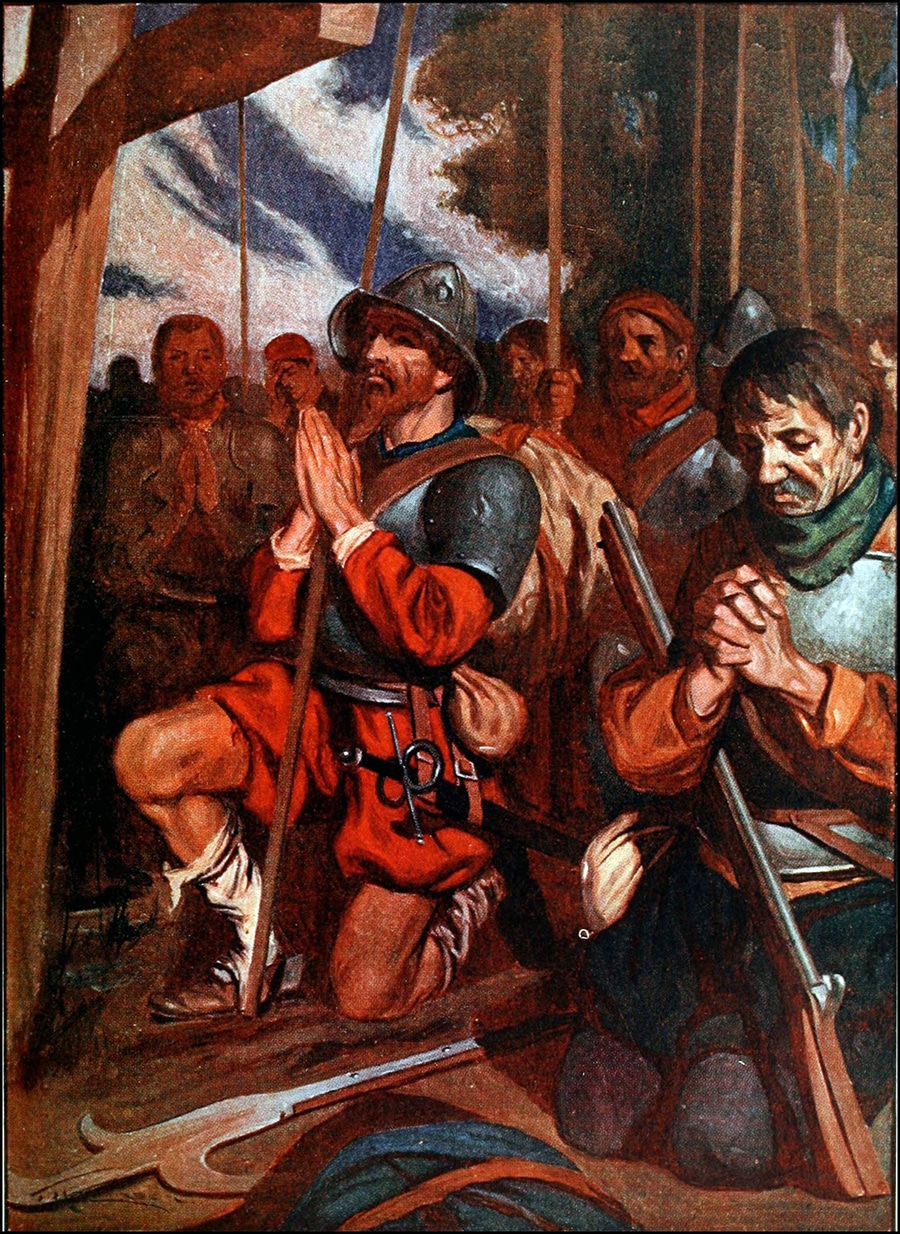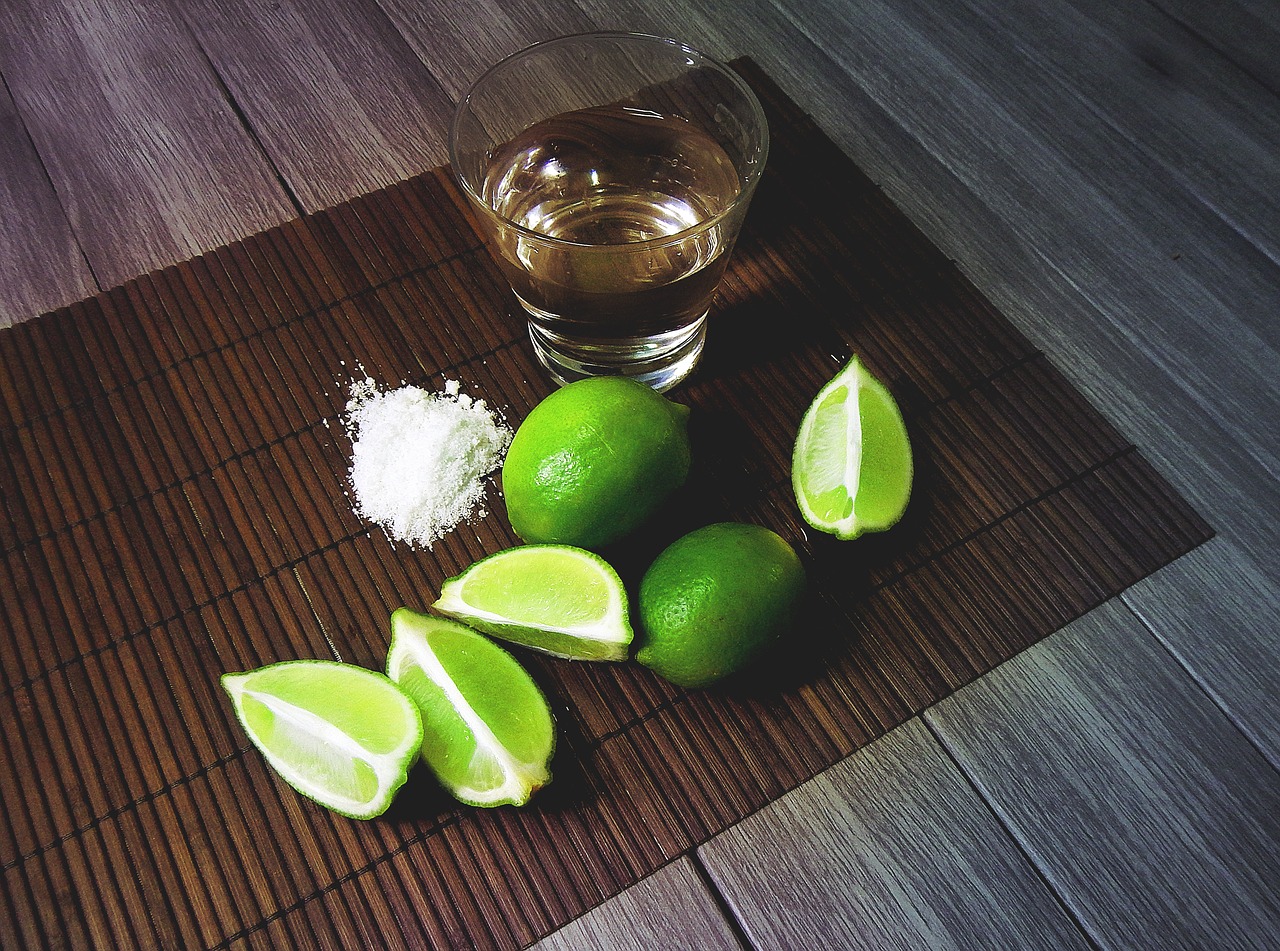
The origins of Mexican cuisine can be traced back thousands of years to a time when indiginous people foraged for food, long before the arrival of the Spanish. One of the common plants of the time was the chile pepper which is still synonymous with Mexico today. As the civilization developed corn was cultivated and treated so that it could be ground to make tortillas and corn based breads. Historically a nation’s food heritage depends on climate and the crops that survive in that climate, so the Mexican diet included beans, avocados, tomatoes, nuts and chocolate. Nowadays Mexican Cuisine has very strong Spanish influences but retains those origins derived from Mayans, Incas and Aztecs.

When the Spanish “Conquistadors” arrived in 1521 they brought with them far more European based foods such as garlic, wheat, barley and rice along with new varieties of meat and livestock as opposed to the wild game that had been hunted previously. The Spanish also introduced frying as a new cooking method, using the fat from the pigs that they had travelled with. Frying is still very much a cornerstone of Mexican cookery. Unfortunately, for the Spanish at least, not all of their products worked well in this new climate. Grape vines and olive trees did not flourish in the same way as back in Europe so the invaders were struggling for their favourite beverage of wine and the lack of olives had an impact on cooking oil.
Once the Spanish had run out of their wine and brandy they looked elsewhere to restock their beverage needs. Tequila was born near the city of Tequila in the state of Jalisco by distilling the agave plant common in the area and is now one of the best known Mexican products around the World.

Tequila has been protected by Mexican law and can only be produced in the state of Jalisco. It is also recognised in numerous countries as being à designation of origin product. Since 2006 the region near Tequila has been declared à World Heritage Site by UNESCO> Beer was first brewed in Mexico from corn but subsequent to the invasion of the Spanish, who brought barley with them, it has a more European flavour. The brewing industry was further developed by German immigrants in the 19th century.
Today Mexican food is known throughout the World with many restaurants doing a poor imitation of what really is Mexican cooking, particularly in Europe where the spicing can sometimes be too much. Popular Mexican dishes include, Chilaquiles for breakfast, Pozole, Tacos al pastor, Tostadas, Enchiladas or Mole sauce with its richness enhanced by the addition of chocolate.
One of the beauties of Mexican food is its ease for eating as street food and Mexico has one of the biggest street food cultures in the World. Mexico city has been named as one of the top ten places to get good street food and around 60% of the population will eat some kind of snack in a market or from a street vendor every week. With so many of the traditional dishes served inside a wrap of tortilla it is ideally suited, with Tacos being the most recognisable – literally a folded corn tortilla with a filling that can either be traditional or slightly more creative.

Camotes are a traditional Mexican street food that has an important place in the culture because of its association with the national holiday of Dia de Muerte. Traditionally the Camote is a pressure-cooked sweet potato that is seasoned with various toppings including condensed milk, chillies, cinnamon or strawberry jam. The street vendors are easily spotted because of the high pitched whistle that emanates from the potato while it is cooking. With such fantastic food and a rich vibrant culture it is no wonder that Mexico is a leading tourist destination and, if you are visiting, go search out some truly authentic Mexican cuisine.